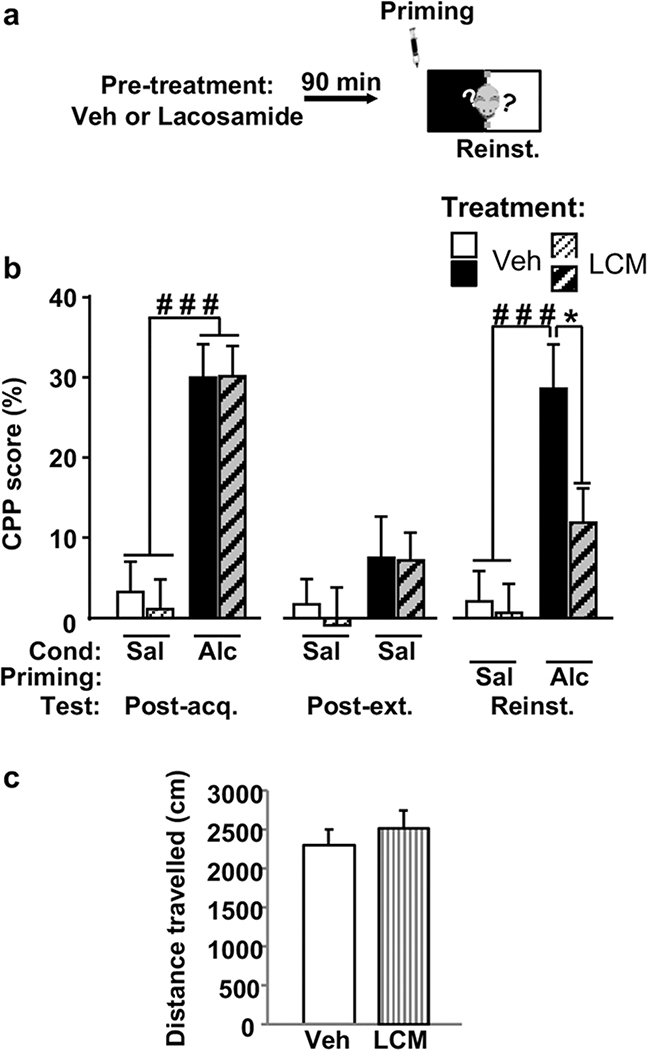Figure 6. Systemic administration of the CRMP2 inhibitor lacosamide prevents reinstatement of alcohol place preference and does not affect spontaneous locomotor activity.
(a) Mice underwent acquisition and extinction of alcohol place preference as depicted in Figure 1. On day 14, mice were pre-treated with vehicle (Veh) or lacosamide (LCM, 10 mg/kg, i.p.). Ninety minutes later, mice received a priming injection of saline or alcohol (0.9 g/kg, i.p.) and underwent the reinstatement test. (b) CPP score on the post-acquisition (Post-acq.), post-extinction (Post-ext.) and re- instatement (Reinst.) tests. Data are represented as mean percentage ± SEM of time spent in the drug-paired compartment during the tests mi- nus time spent in the same compartment on the pre-acquisition session. (c) Mice were injected with either Veh or LCM (10 mg/kg, i.p.) 90 minutes prior to the beginning of the locomotion test. Data are represented as mean percentage ± SEM of spontaneous locomotor activity measured during 30 minutes. (b) Veh/Sal n = 11, LCM/Sal n = 10, Veh/Alc n = 12, LCM/Alc n = 14, (c) n = 5. (b) ###P < 0.001 versus saline- conditioned mice and *P < 0.05 versus Veh/Alc group. CPP, conditioned place preference

